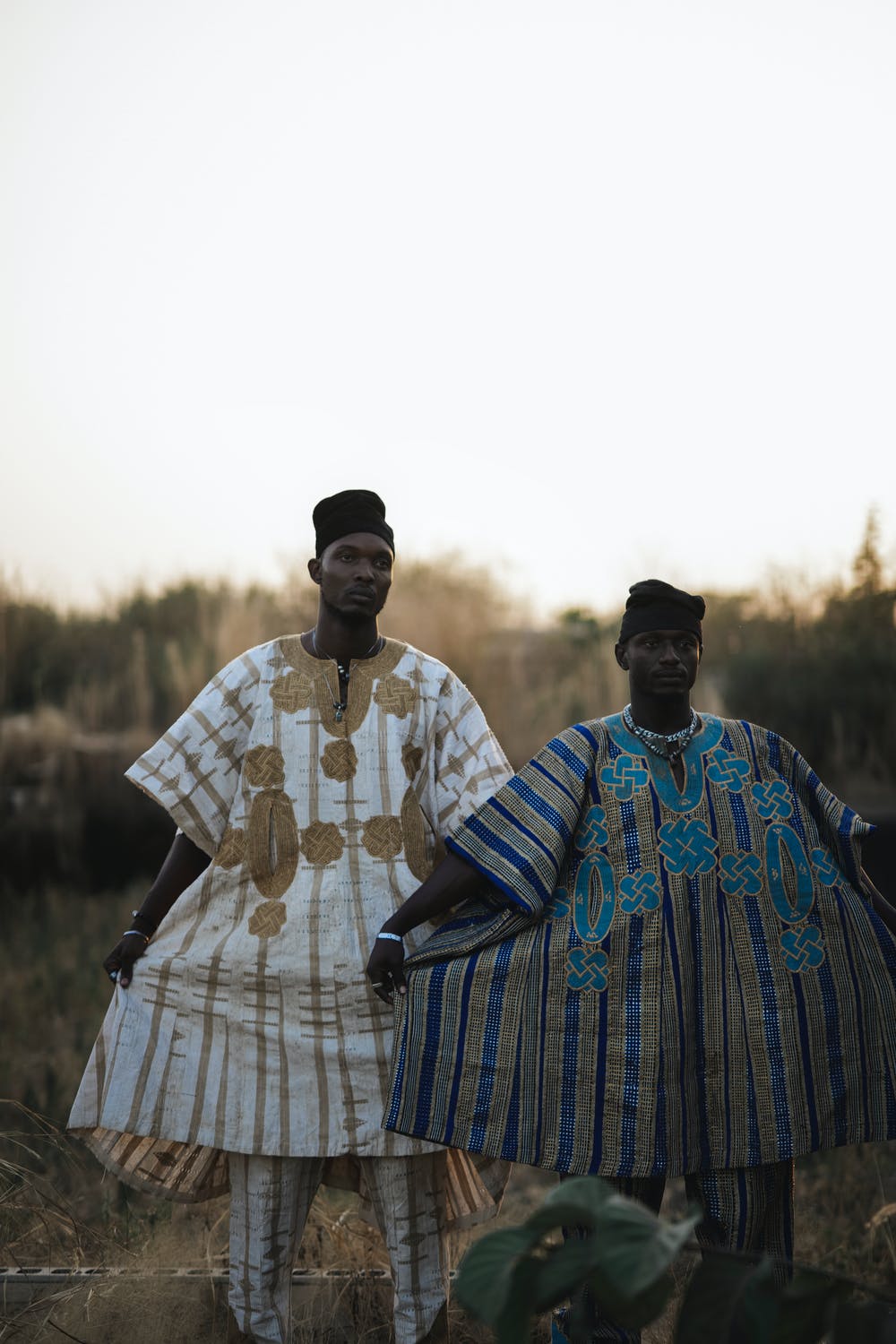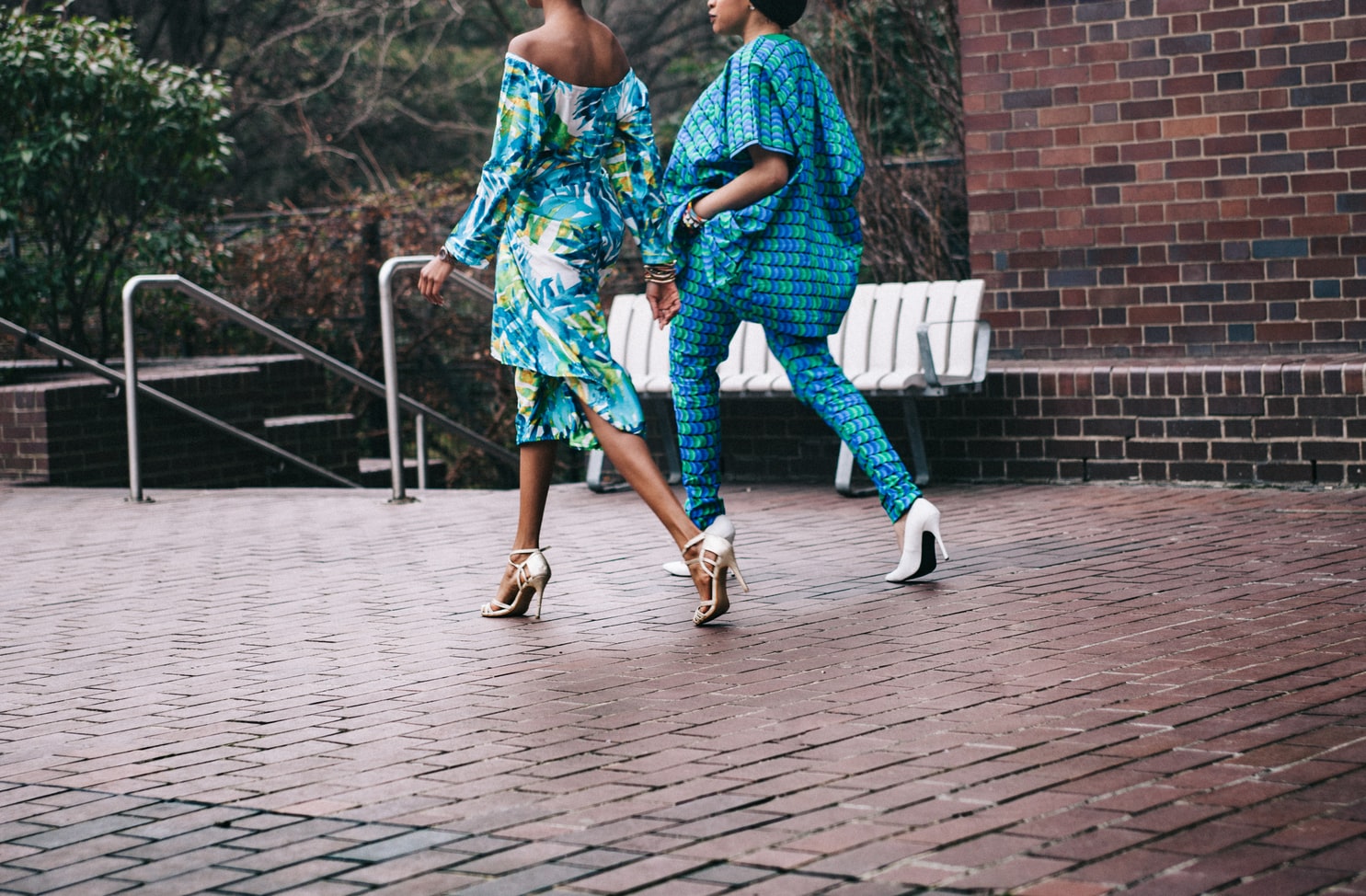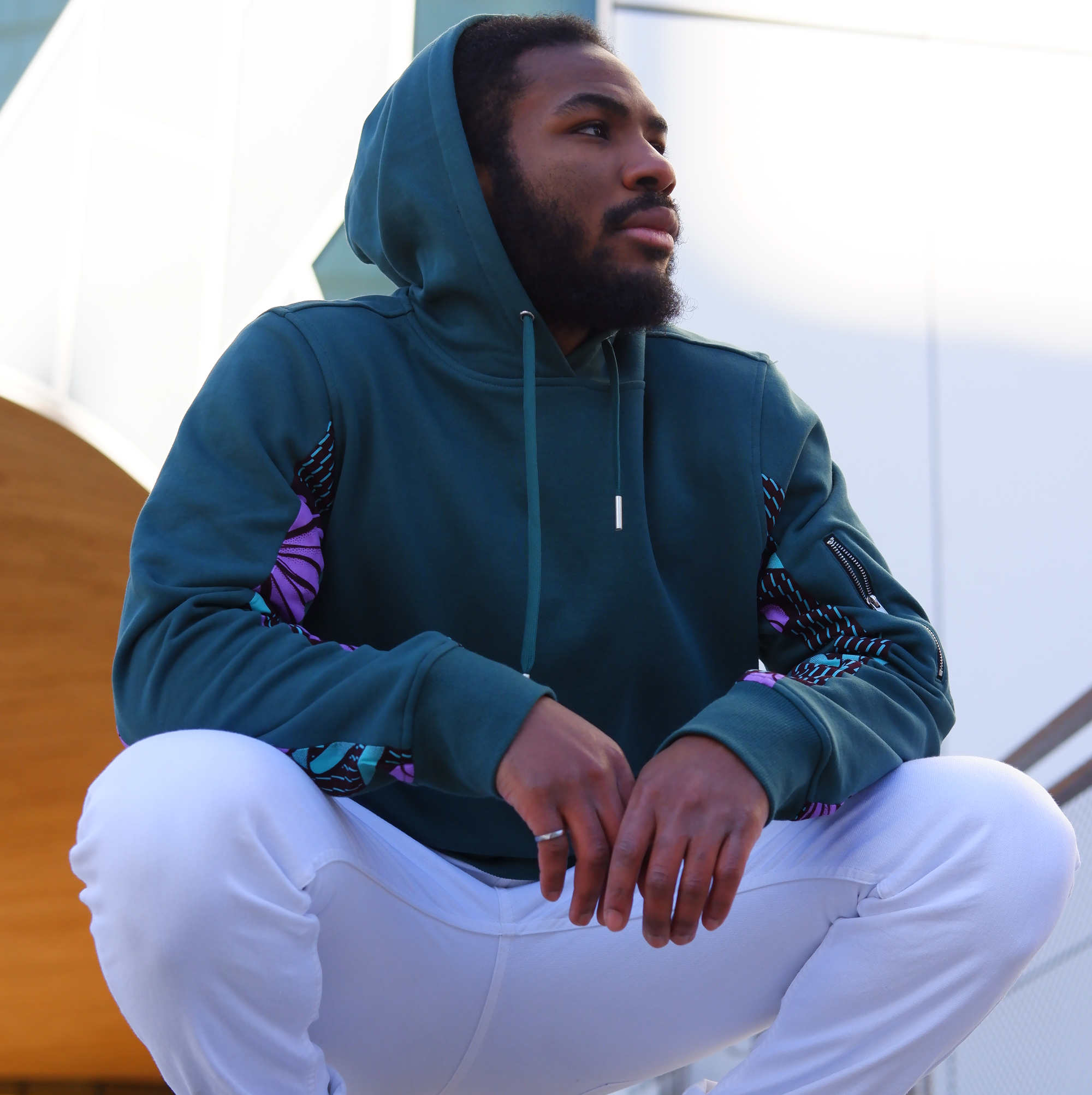
What Is African Fashion and Why Is It Hard to Define?
Most people around the globe have embraced African culture, whether they acknowledge it or not. Let’s be honest; many of the things most people celebrate, such as hip-hop, krumping and or even what people refer to as “street slang”, have all their roots in African culture.
While it is true that there are still existing inequalities and that Africans may still be denied the true freedom that many Westerners enjoy, there has been a shift. African culture has now penetrated barriers more than ever. In fact, runways have now also been filled with African models, some even donning African-style clothing.
Yet, here is where the question lies for many Africans in the fashion industry: just how far are we able to give a definition to what African clothing is? With years of colonisation and external influence, where does the line begin and end for what African fashion is?
Africa as One
If you take a look at the different continents across the world, you will begin to notice one commonality: that each continent is composed of different cultures, some not even being alike to one another. While it is historically true that cultures, especially in continents, are often shared due to the common root, this is not the only case.
In the modern world, it is clear that the roots have come into a split, and culture has changed. As culture continuously evolves, the different countries in Africa have accepted this, as well. What may be true for the Western areas in the continent may not be the same for the southern countries.
However, even so, some may point out that there is a similarity between the threads worn by these various countries. So, it must be noted that there is a link somewhere that all of these countries can be traced back to.
The Colors and Patterns of Africa
If you were to ask anyone about African fashion, they are most likely to talk about the patterns and colours of African fashion. These large and intricate patterns with the use of bold colours are common characteristics most people would associate with African fashion.
However, these colours and patterns are also manifestations of the past and the culture of Africa. These designs are evidence of a time in Africa when ready-to-wear clothing was scarce, and big-brand names did not include Africa on their global radar.
Handmade clothes featured these patterns that we now know of today. Textile also became a primary feature in African fashion and is recognised today to be a fashionable component.
So while it is true that there are differences from one country to another, the continent of Africa all suffered the same fate of erasure of other countries and the deprivation of access to utilities other nations had in the past.
African Fashion Today
These days, African fashion has become popular and trendy. Many designers and the fashion industry are now recognising the beauty of textiles in Africa and how they can be used in various ways.
As we celebrate African fashion, we must also understand the deep colonial history that it comes along with. Fashion always tells a story, and for African fashion, it tells the story of suffering and the continuous fight for justice to this day.
If you are interested in learning more about African clothing, then Nkiti African Clothing is with you. We are based in the UK, and not only do we sell African-inspired clothing, but with our products, we aim to tell stories of value and culture. Shop with us today and enrich yourself in history!
If you enjoyed reading this, feel free to follow us on Instagram and subscribe to our mailing list to stay updated on blog posts like this!




Leave a comment
This site is protected by hCaptcha and the hCaptcha Privacy Policy and Terms of Service apply.